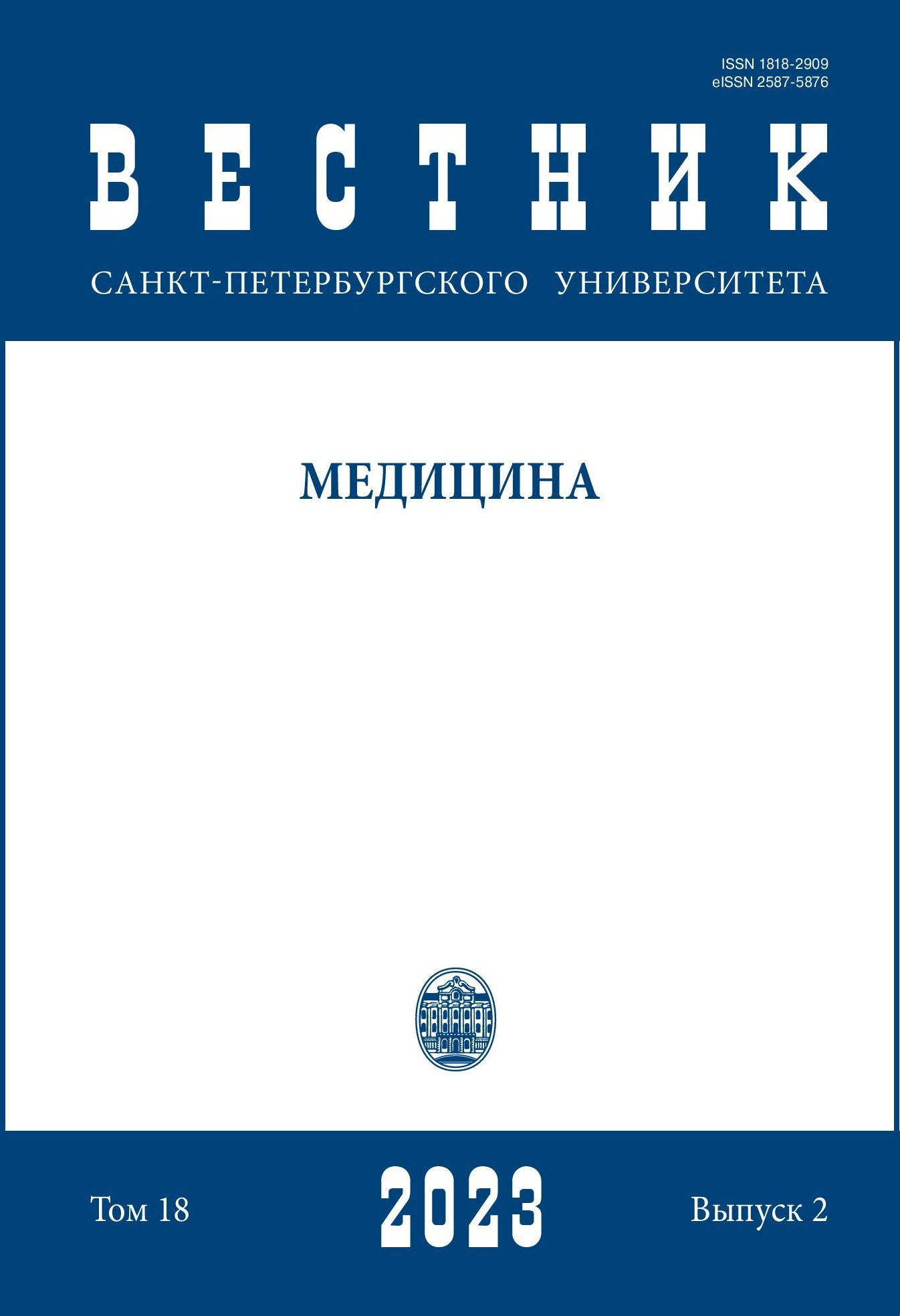Organized activity of canine ventricular fibrillation under reperfusion after 1-minute ischemia of the heart
DOI:
https://doi.org/10.21638/spbu11.2023.203Abstract
Ventricular fibrillation is the most common cause of sudden cardiac death and continues to be an urgent problem. The aim of the paper was to study the organized activity of canine ventricular fibrillation under 1-minute ischemia and 10-minute reperfusion of the heart. A ventricular electrogram was recorded and spectral analysis of 10-second segments of the electrogram was performed under perfusion, ischemia, and reperfusion of the heart in fibrillation using Fast Fourier Transform at 30 frequencies in the range of 0.5–15 Hz. Specific gravity of 0.5–15-Hz oscillations was determined under perfusion, ischemia, and reperfusion in fibrillation. Ventricular fibrillation is characterized by organized activity during perfusion, ischemia, and reperfusion as evidenced by dominant frequency structure. Perfusion of the heart during ventricular fibrillation increases the stability of the organized structure of fibrillation to ischemia: under 1-minute ischemia after 10-minute perfusion, the frequency of dominant oscillations decreases by only 0.5 Hz while organized activity does not decrease. Reperfusion in fibrillation is characterized by the transient 1.5-Hz increase of frequency of dominant oscillations and by a 15 % decrease of organized fibrillation activity at the 1st minute of reperfusion after 1 minute of ischemia. The organized structure of fibrillation is more sensitive to reperfusion than to ischemia.
Keywords:
ventricular fibrillation, organized activity of fibrillation, heart perfusion, heart ischemia, heart reperfusion, organized activity of ventricular fibrillation, reperfusion complications
Downloads
References
References
Downloads
Published
How to Cite
Issue
Section
License
Articles of "Vestnik of Saint Petersburg University. Medicine" are open access distributed under the terms of the License Agreement with Saint Petersburg State University, which permits to the authors unrestricted distribution and self-archiving free of charge.




